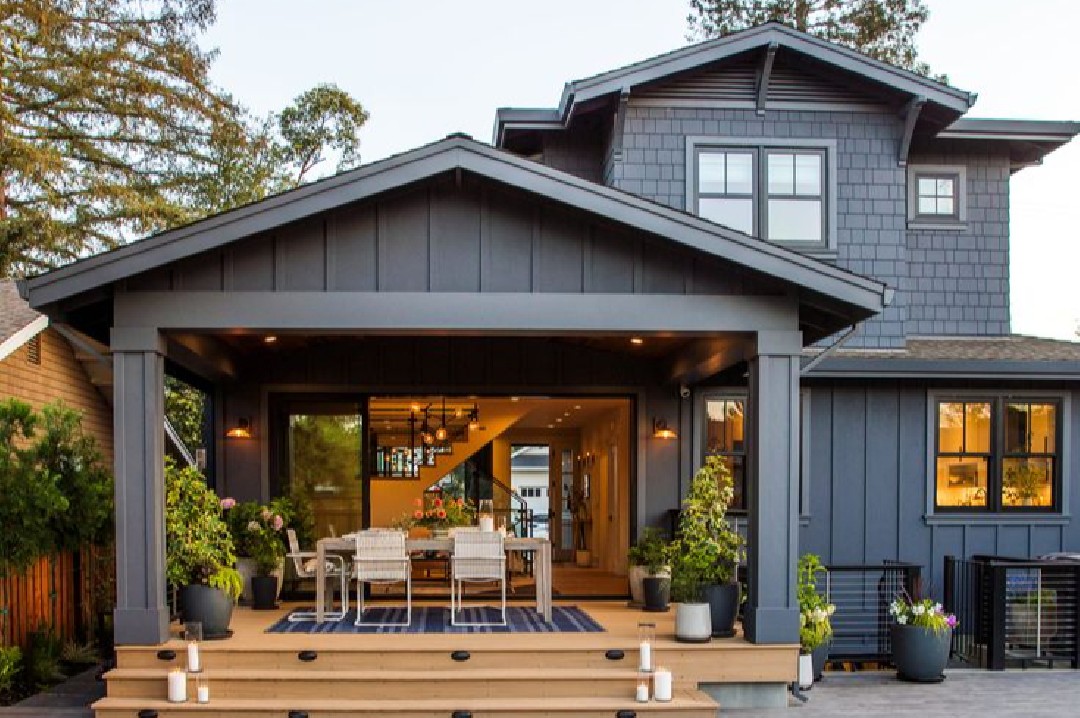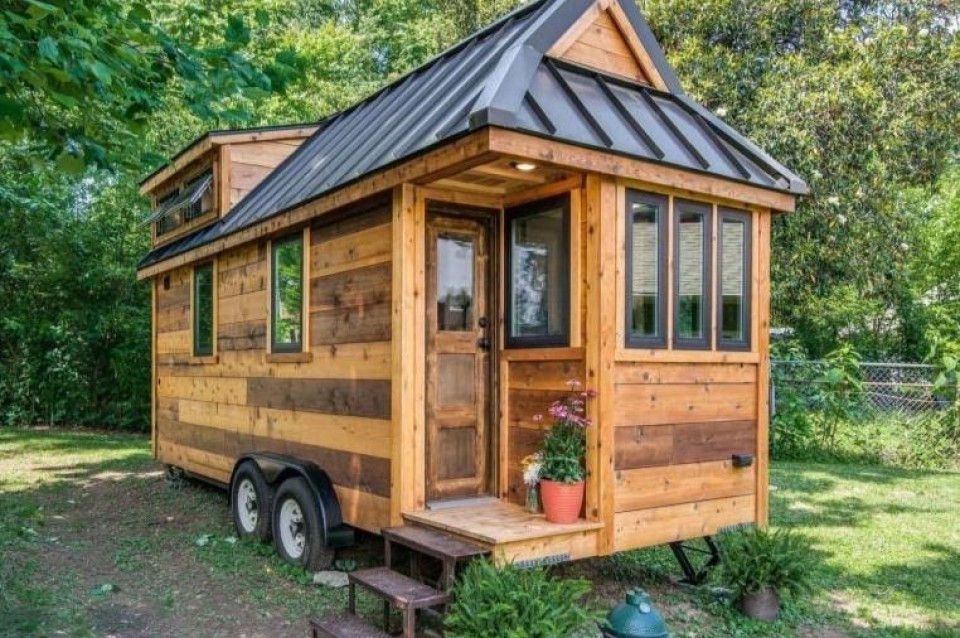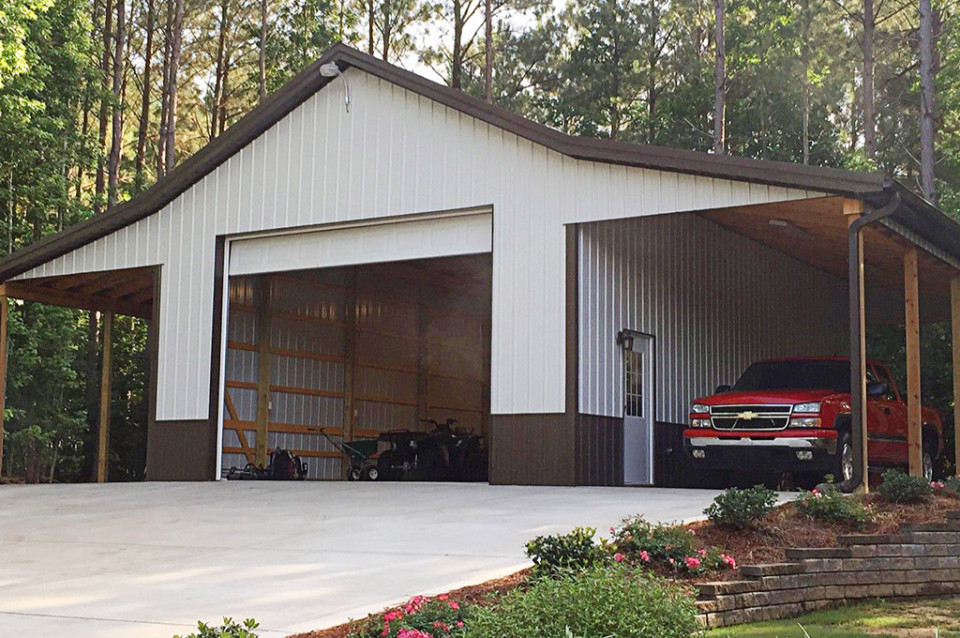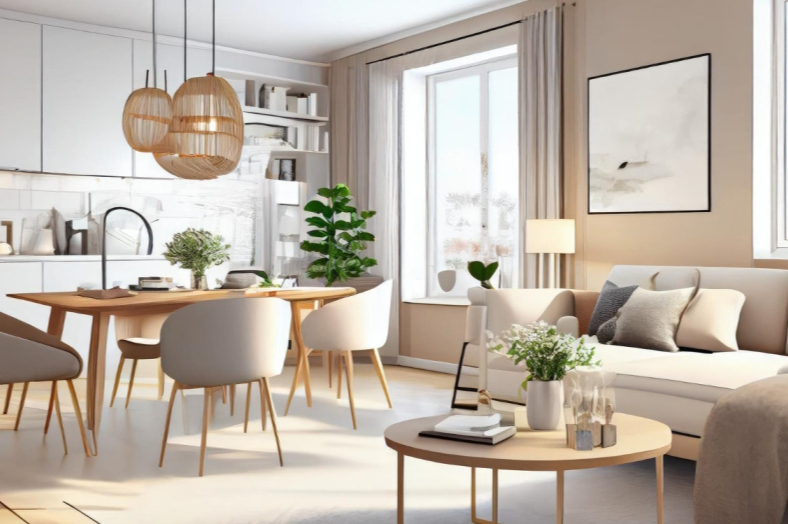Architects from South Korea have successfully transformed a small plot of land in a densely populated area into a comfortable residential home.
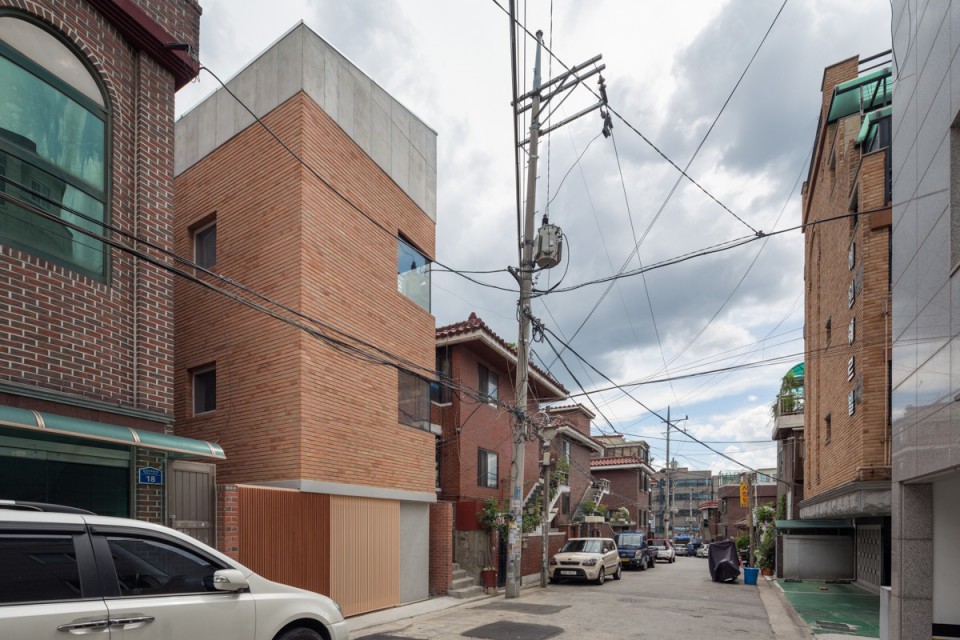
Densely populated housing is a significant challenge for many countries. The increasing cost of land often means that people can only afford relatively small plots of land. However, the issue of dense housing and limited space presents a unique challenge for FHHH Friends, a group of architects from South Korea. They decided to tackle this challenge by transforming a 68-square-meter plot of land into a beautiful home.
-27.jpg)
This unique house, constructed using brick and wooden doors, blends seamlessly with its surrounding environment. Compared to the previous house on the site, this new project, known as the "Grown House," features a significantly different height profile, creating a slender and compact building.
-26.jpg)
Given the limited space available, the architects were challenged to meet the homeowner's space requirements. This led to the development of a design that elongates the house and is truly captivating when you explore its interior.
-35.jpg)
Upon entering the house through its sliding door, you are immediately greeted by the garage area and the entrance to the home. There's also a mudroom, which serves as a transitional space between the outside and inside of the house. Here, occupants can store their footwear. Mudrooms are a common feature in South Korean homes and are a cultural tradition in the country. But why are there two doors in this house?-11.jpg)
Here's the explanation: the door from the mudroom leads to storage space and a staircase to the next level. This area features concrete flooring and concrete cabinets equipped with a water tap. This space serves the purpose of washing shoes, cleaning dirty equipment, or even bathing pets.
-07.jpg)
The door on the side of the building, on the other hand, leads directly to the kitchen. With glass doors and windows, it allows maximum natural light to enter. The furniture layout in this area is well-planned, with white-tiled walls and hanging shelves, and a wooden tabletop, creating a clean and orderly space.
-16.jpg)
Moving up the zigzagging staircase from the kitchen, you reach the family room. This house features numerous windows in its walls,
-08.jpg)
allowing natural light to flood the interior. Additionally, a skylight in the void area of the staircase provides additional natural light.
-06_v2.jpg)
Continuing to the level above the kitchen, there's a room with a wooden sliding door. Can you guess what this room is for?
-20.jpg)
If you thought it was a bedroom, you'd be mistaken. This room is, in fact, the bathroom, a necessary space in every home. Upon sliding the door, you'll find a sink and a mirror. The furnishings have been thoughtfully selected to fit the room's dimensions.
-21.jpg)
Now, right across from the bathroom, you'll find another sliding door that leads to the bathroom itself. Equipped with tiled walls designed to handle humidity, this space is designed for personal hygiene and relaxation.
-03.jpg)
Moving up to the next level, we finally arrive at the bedroom! Similar to the family room, it features large windows in the corner of the room, allowing ample natural light to enter.
-05.jpg)
The bedroom's sliding door also serves as a partition between the outer and inner areas of the room, with a wooden frame and see-through material. This design creates distance between the staircase and the sleeping area. Directly opposite the bedroom is a white door, which blends seamlessly with the wall. This room serves as a storage space for the homeowner's personal belongings.
-01.jpg)
Lastly, we reach the top floor of the house. Following the shape of the roof, the balcony's door is custom-built to match the wall's contours. As we observe from the lower to upper floors, the architects used two primary colors—white and brown wood. These colors were chosen to ensure maximum natural light in each room, whether through the windows in the walls or the skylights.
-30.jpg)
And here is the balcony on top of the house, enclosed by brick material that matches the building's exterior. Another unique feature is the small door that leads inside the house. This small door serves as an entry point for the family's cat, allowing it to freely move between the interior and the balcony.
Through this house design, the architects aim to provide inspiration by demonstrating that a home's value is not solely determined by the functional aspects of its rooms but also by creating spaces with various functions. Even simple spaces can bring life and vibrancy to a home, as seen in the open area on the roof that provides a refreshing touch to the interior.
image source: Kyung Roh



